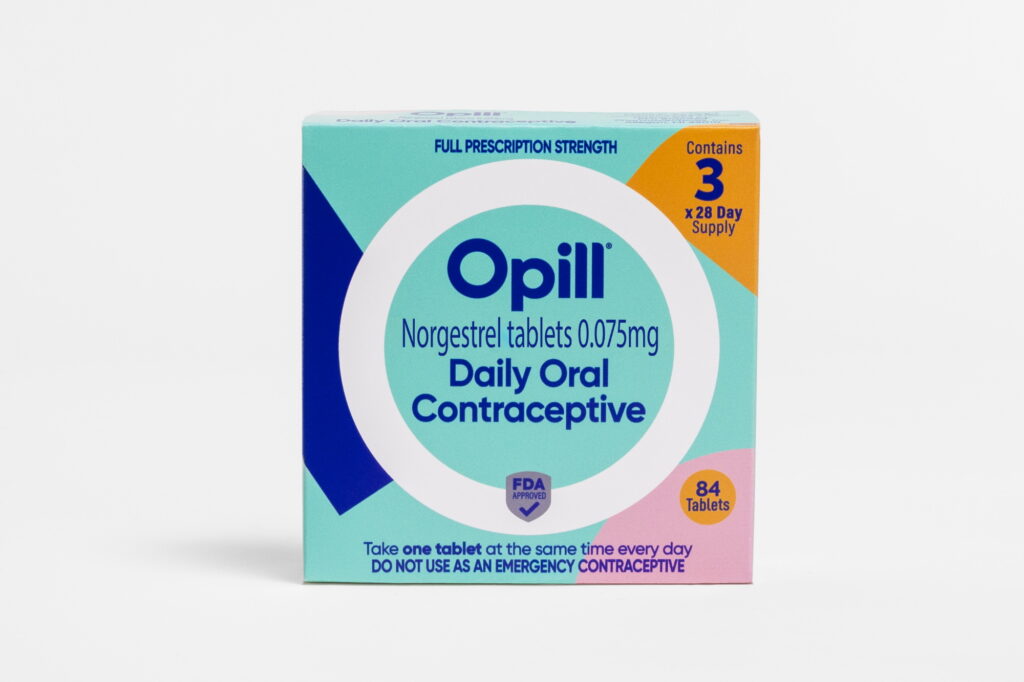High California Gas Prices: Governor Newsom's Urgent Call To Action

Table of Contents
The Current State of High California Gas Prices
The current average price of gasoline in California is significantly higher than the national average, placing a substantial strain on residents and businesses. This persistent issue demands a thorough understanding of its contributing factors and its wide-ranging consequences.
Factors Contributing to Soaring Prices:
Several interconnected factors contribute to the persistently high California gas prices:
- Refined oil product shortage: Refinery maintenance and capacity constraints have led to a shortage of refined oil products, including gasoline, driving up prices. Planned and unplanned outages at California refineries significantly impact supply.
- Global geopolitical instability: Global events and geopolitical instability, such as the ongoing war in Ukraine, dramatically impact crude oil prices, which directly influence gasoline costs. Increased global demand further exacerbates the situation.
- California's unique environmental regulations and taxes: California's stringent environmental regulations, aimed at reducing emissions, lead to higher production costs for gasoline compared to other states. Additionally, state taxes on gasoline contribute to the higher pump prices. These regulations, while crucial for environmental protection, contribute significantly to the cost.
- Increased demand during peak travel seasons: Increased demand for gasoline during peak travel seasons, such as summer vacations, puts further pressure on supply and drives up prices. Seasonal fluctuations in demand are a consistent factor.
- Speculation and market manipulation: Concerns persist regarding potential market manipulation and speculation, impacting the price of gasoline independently of supply and demand fundamentals. Investigations are underway to address these concerns.
Impact on California Residents and Businesses:
The high cost of gasoline has widespread repercussions across the state:
- Increased cost of living: High gas prices disproportionately affect low- and middle-income families, increasing their cost of living and reducing disposable income. This impacts their ability to afford essential goods and services.
- Reduced consumer spending: With less disposable income due to higher gas costs, consumers are reducing spending on non-essential goods and services, potentially leading to an economic slowdown. This decreased consumer confidence has ripple effects throughout the economy.
- Higher transportation costs for businesses: Businesses face higher transportation costs, potentially leading to increased prices for goods and services, impacting both consumers and the business sector itself. This added expense can reduce profitability and competitiveness.
- Increased burden on essential services: Public transportation services also face increased fuel costs, potentially impacting their ability to provide reliable and affordable service to communities. Funding for these essential services may be further strained.
- Potential for economic slowdown: The cumulative impact of higher gas prices on consumers and businesses creates a risk of a significant economic slowdown in California. This necessitates proactive measures to mitigate the effects.
Governor Newsom's Proposed Solutions and Actions
Governor Newsom has outlined several actions to address the high California gas prices:
Investigation into Price Gouging:
The Governor's office has initiated investigations into potential price gouging by oil companies:
- Examining profit margins: These investigations scrutinize oil companies' profit margins to identify any evidence of excessive profiteering. Transparency in pricing is crucial to address this concern.
- Potential market manipulation: The investigation also examines potential market manipulation tactics, aiming to prevent artificial inflation of prices. Stricter regulations may be needed to prevent such practices.
- Potential fines and penalties: Companies found to be engaging in price gouging or unethical practices face significant fines and penalties. Deterrent measures are essential to prevent future occurrences.
Calls for Increased Refinery Production:
Governor Newsom is urging refineries to increase their production:
- Meeting current demand: The immediate goal is to increase production to meet the current high demand for gasoline. This would help alleviate some of the price pressure.
- Incentivizing increased refining capacity: The Governor is exploring options to incentivize refineries to expand their capacity, addressing long-term supply concerns. Strategic investments may be necessary to achieve this goal.
- Addressing refinery maintenance scheduling: The impact of refinery maintenance scheduling on supply is being addressed, aiming for better coordination to minimize disruptions. Improved planning can significantly reduce the impact of outages.
Advocating for Federal Intervention:
Governor Newsom is calling on the federal government for assistance:
- Addressing high oil prices nationally: He is pushing for federal-level action to address the high oil prices affecting the entire nation. National-level solutions can have a greater impact on price stability.
- Promoting domestic oil production: Policies promoting domestic oil production could reduce reliance on foreign sources and enhance energy security. This approach seeks to diversify energy sources and increase stability.
- Seeking greater transparency in the oil market: Increased transparency in the oil market could help prevent price manipulation and promote fair competition. This enhanced transparency is a crucial step towards fair pricing.
Alternative Solutions and Long-Term Strategies
Addressing high California gas prices requires a multi-faceted approach that incorporates long-term strategies:
Investing in Renewable Energy:
Transitioning to renewable energy sources is essential for long-term sustainability:
- Promoting electric vehicles: Increased adoption of electric vehicles (EVs) reduces reliance on gasoline and lowers transportation costs over time. Subsidies and incentives can accelerate EV adoption.
- Investing in public transportation infrastructure: Improved public transportation options can reduce individual car usage, lessening the overall demand for gasoline. Investing in efficient public transportation is a crucial long-term solution.
- Supporting renewable energy development: Investing in renewable energy sources, such as solar and wind power, can reduce overall energy costs and dependence on fossil fuels. This transition is crucial for a sustainable future.
Improving Energy Efficiency:
Enhancing energy efficiency reduces demand and minimizes costs:
- Energy-efficient practices in homes and businesses: Promoting energy-efficient practices in buildings can significantly lower energy consumption and reduce reliance on fossil fuels. Incentives for energy-efficient upgrades are crucial.
- Fuel-efficient vehicles: Incentivizing the purchase of fuel-efficient vehicles can lower gasoline consumption and lessen the impact of price fluctuations. This encourages a shift towards more sustainable transportation.
- Public transportation and carpooling: Promoting the use of public transportation and carpooling reduces individual vehicle usage and overall gasoline consumption. Encouraging these practices benefits both the environment and individual finances.
Tax Relief and Subsidies:
Short-term measures can provide immediate relief:
- Temporary tax relief on gasoline: Temporary tax relief on gasoline can offer immediate relief to consumers struggling with high prices. This is a targeted measure to mitigate immediate impacts.
- Targeted subsidies for low-income families: Targeted subsidies can help low-income families offset the disproportionate impact of high gas prices. This provides much-needed support to vulnerable populations.
Conclusion
The persistently high California gas prices represent a significant challenge for residents and the state's economy. Governor Newsom's urgent call to action, involving investigations, calls for increased production, and advocacy for federal intervention, highlights the seriousness of the situation. Addressing this crisis requires a multi-pronged approach, including immediate actions to curb potential price gouging and long-term strategies focusing on renewable energy and increased energy efficiency. We must remain informed about developments concerning high California gas prices and actively participate in advocating for sustainable solutions. Only through collective effort can we mitigate the impact of these high prices and build a more energy-secure future. Stay informed and advocate for solutions to combat high California gas prices.

Featured Posts
-
 Post Roe America How Otc Birth Control Reshapes Family Planning
Apr 24, 2025
Post Roe America How Otc Birth Control Reshapes Family Planning
Apr 24, 2025 -
 Kci Johna Travolte Ella Bleu Travolta Njezina Nevjerojatna Tranzicija
Apr 24, 2025
Kci Johna Travolte Ella Bleu Travolta Njezina Nevjerojatna Tranzicija
Apr 24, 2025 -
 Pandemic Era Crime Lab Owner Convicted Of Falsified Covid Tests
Apr 24, 2025
Pandemic Era Crime Lab Owner Convicted Of Falsified Covid Tests
Apr 24, 2025 -
 Metas Future Under A Trump Administration Zuckerbergs Challenges
Apr 24, 2025
Metas Future Under A Trump Administration Zuckerbergs Challenges
Apr 24, 2025 -
 The Crucial Role Of Middle Managers In Business And Employee Development
Apr 24, 2025
The Crucial Role Of Middle Managers In Business And Employee Development
Apr 24, 2025
